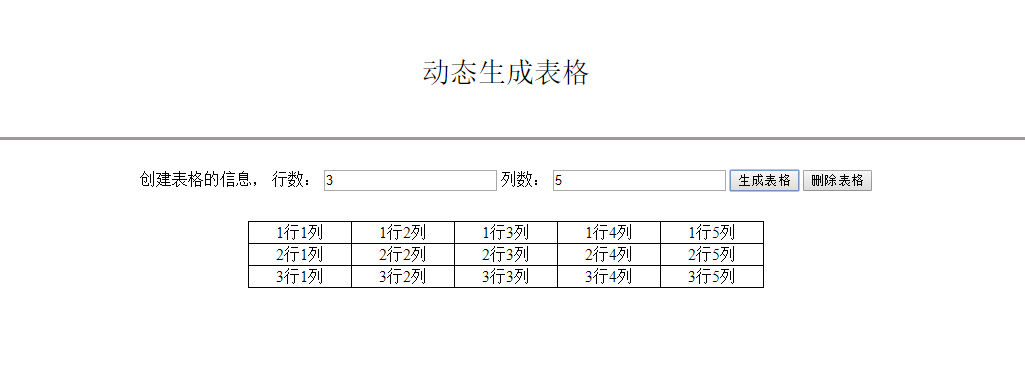unfortunately I have problems using predict() in the following simple example:
library(e1071)
x <- c(1:10)
y <- c(0,0,0,0,1,0,1,1,1,1)
test <- c(11:15)
mod <- svm(y ~ x, kernel = "linear", gamma = 1, cost = 2, type="C-classification")
predict(mod, newdata = test)
The result is as follows:
> predict(mod, newdata = test)
1 2 3 4 <NA> <NA> <NA> <NA> <NA> <NA>
0 0 0 0 0 1 1 1 1 1
Can anybody explain why predict() only gives the fitted values of the training sample (x,y) and does not care about the test-data?
Thank you very much for your help!
Richard
It looks like this is because you misuse the formula interface to svm(). Normally, one supplies a data frame or similar object within which the variables in the formula are searched for. It usually doesn't matter if you don't do this, even if it is not best practice, but when you want to predict, not putting variables in a data frame gets you in a right mess. The reason it returns the training data is because you don't provide newdata an object with a component named x in it. Hence it can't find the new data x so returns the fitted values. This is common for most R predict methods I know.
The solution then is to i) put your training data in a data frame and pass svm this as the data argument, and ii) supply a new data frame containing x (from test) to predict(). E.g.:
> DF <- data.frame(x = x, y = y)
> mod <- svm(y ~ x, data = DF, kernel = "linear", gamma = 1, cost = 2,
+ type="C-classification")
> predict(mod, newdata = data.frame(x = test))
1 2 3 4 5
1 1 1 1 1
Levels: 0 1
You need newdata to be of the same form, ie using a data.frame helps:
R> library(e1071)
Loading required package: class
R> df <- data.frame(x=1:10, y=sample(c(0,1), 10, rep=TRUE))
R> mod <- svm(y ~ x, kernel = "linear", gamma = 1,
+ cost = 2, type="C-classification", data=df)
R> newdf <- data.frame(x=11:15)
R> predict(mod, newdata=newdf)
1 2 3 4 5
0 0 0 0 0
Levels: 0 1
R>
By the way, this is also shown the help page for svm():
## density-estimation
# create 2-dim. normal with rho=0:
X <- data.frame(a = rnorm(1000), b = rnorm(1000))
attach(X)
# traditional way:
m <- svm(X, gamma = 0.1)
# formula interface:
m <- svm(~., data = X, gamma = 0.1)
# or:
m <- svm(~ a + b, gamma = 0.1)
# test:
newdata <- data.frame(a = c(0, 4), b = c(0, 4))
predict (m, newdata)
So in sum, use the formula interface and supply a data.frame --- that is how essentially all modeling functions in R work.




